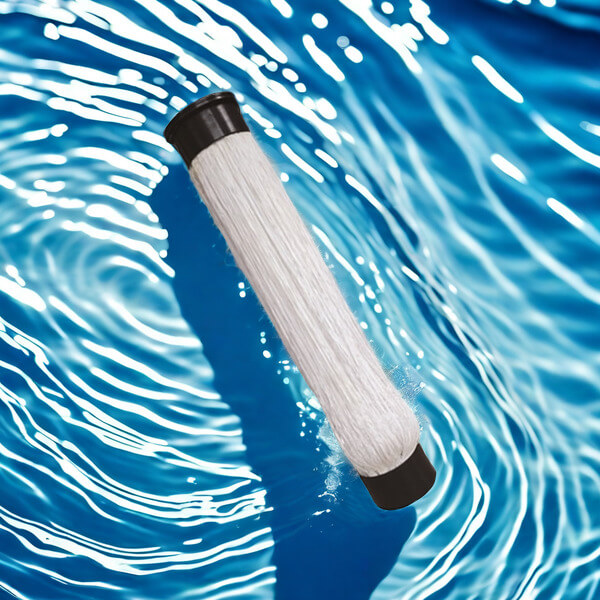Production process and application fields of MABR membrane
MABR (Membrane Bioreactor) is an emerging water treatment technology with high efficiency and sustainability. The article first introduces the working principle of MABR membrane, and then analyzes in detail its production process and material selection. Next, the application of MABR membrane in fields such as sewage treatment and resource recovery was discussed. The market outlook section evaluates the potential and development trends of MABR membranes in the environmental protection industry. The article also explores the impact of MABR membrane production on the environment and the technical challenges it faces. The article summarizes the importance and future development direction of MABR membrane production, providing reference for related research.
Basic principles
The basic principle of MABR membrane is to use the selective permeability of the membrane to remove organic matter, nitrogen, phosphorus and other pollutants from wastewater. The structure of membranes is usually porous, allowing water molecules to pass through while blocking larger organic matter and bacteria. Through this method, MABR membranes can achieve efficient water treatment effects.
The working mechanism of MABR membrane mainly depends on the microorganisms attached to the membrane surface, which form a biofilm on the membrane surface and can effectively decompose organic matter and nitrogen compounds in wastewater. By controlling the aeration and water flow of the membrane, the growth environment of microorganisms can be optimized, thereby improving treatment efficiency.

The design of MABR membranes also takes into account the need for gas exchange, especially in the process of nitrogen removal, where the gas permeability of the membrane plays a crucial role. This design enables MABR membranes to achieve higher efficiency and lower energy consumption in removing pollutants.
Production process
The production process of MABR membrane usually includes multiple steps such as membrane material selection, membrane preparation, and post-treatment. Choosing the appropriate membrane material is the key to production, and commonly used materials include polymers and ceramics. The selection of different materials will directly affect the performance and service life of the membrane.
In the process of membrane preparation, techniques such as phase transformation and extrusion are used. The phase transformation method is to form the desired pore structure of the membrane material by changing the temperature of the solution or the composition of the solvent. This method can produce high-performance MABR membranes that are suitable for various water treatment needs.
The post-treatment steps of the membrane include cleaning and surface modification. Through these post-processing steps, the anti fouling ability and selectivity of the membrane can be improved, thereby extending its service life. The optimization of these processes is an important link that cannot be ignored in the production of MABR membranes.
application area
The application of MABR membrane in the field of sewage treatment is very extensive, especially in the treatment of urban sewage and industrial wastewater. Due to its efficient removal capacity, MABR membrane can effectively reduce the organic matter and nitrogen content in wastewater, meeting increasingly stringent discharge standards.
MABR membrane can also be used for resource recovery, such as recovering nutrients from wastewater. Through appropriate process design, MABR membranes can extract nutrients such as nitrogen and phosphorus from wastewater for reuse, which is of great significance for achieving sustainable resource utilization.
In terms of agricultural irrigation, MABR film has also shown good application prospects. The treated water can be used for agricultural irrigation, which not only solves the problem of water shortage but also reduces environmental pollution. This multifunctional application has attracted much attention in the water treatment industry for MABR membranes.
market prospect
With the increasing global awareness of environmental protection, the market prospects for MABR membranes are very broad. The continuous strengthening of policies on water resource management and sewage treatment in various countries has provided a favorable market environment for the application of MABR membranes. The continuous advancement of technology has also driven the cost reduction of MABR membranes.
In the coming years, the demand for MABR membranes is expected to continue to grow, especially in developing countries where the demand for sewage treatment will significantly increase with the acceleration of urbanization. MABR membrane has become an ideal choice for solving this problem due to its high efficiency and energy-saving characteristics.
